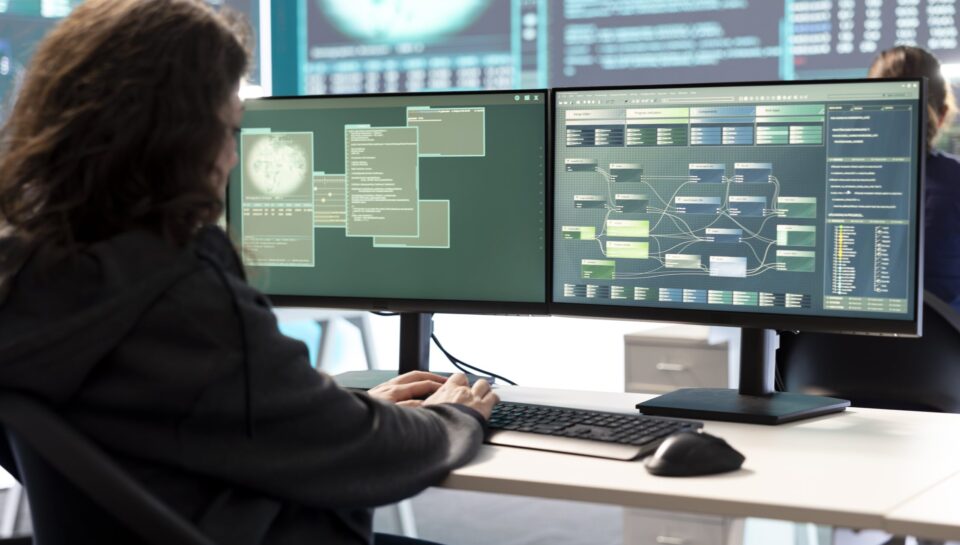In an era where digital transactions dominate, financial fraud has become increasingly sophisticated. To combat this, organizations and individuals are turning to advanced technologies to detect and prevent fraudulent activities. From artificial intelligence to blockchain, technology is revolutionizing how we safeguard financial assets.
This blog delves into the critical role technology plays in modern financial fraud detection, highlighting key tools, techniques, and their impact on fraud prevention.

Table of Contents
Why Financial Fraud Detection Is Crucial
With the rapid growth of online transactions and digital banking, financial fraud is at an all-time high. Fraud detection is essential because:
- Minimizes Financial Losses: Early detection prevents significant monetary damage.
- Protects Brand Reputation: Customers trust organizations that prioritize security.
- Enhances Customer Confidence: Secure systems encourage higher engagement and loyalty.
- Compliance with Regulations: Adhering to financial laws reduces legal and operational risks.
Top Technologies Used in Fraud Detection
Modern fraud detection relies on a combination of innovative technologies:
- Artificial Intelligence (AI): Identifies patterns and anomalies in real time.
- Machine Learning (ML): Learns from historical data to predict and prevent future fraud attempts.
- Blockchain Technology: Offers transparency and immutability in transactions.
- Biometric Authentication: Uses fingerprints, facial recognition, or iris scans for secure access.
- Big Data Analytics: Processes large volumes of transaction data to detect irregularities.
These tools work together to create robust fraud prevention systems.
How AI and Machine Learning Are Transforming Fraud Prevention
AI and ML have become game-changers in fraud detection:
- Predictive Analytics: Anticipates fraud by analyzing trends and user behavior.
- Real-Time Alerts: Flags suspicious transactions instantly for immediate action.
- Adaptive Algorithms: Continuously improve detection accuracy by learning from new data.
- Behavioral Biometrics: Monitors how users interact with devices to identify anomalies.
AI-powered systems can process vast amounts of data faster and more accurately than traditional methods, reducing false positives and improving efficiency.
The Impact of Blockchain in Preventing Fraud
Blockchain technology offers unique advantages in fraud prevention:
- Decentralization: Eliminates single points of failure, making systems more secure.
- Immutability: Transactions recorded on the blockchain cannot be altered, reducing tampering risks.
- Transparency: Provides a clear, traceable record of all activities, increasing accountability.
- Smart Contracts: Automates processes with secure, self-executing agreements.
These features make blockchain a powerful tool in combating fraud, especially in industries like banking and cryptocurrency.
Challenges and Future Trends in Fraud Detection Technology
While technology has significantly advanced fraud detection, challenges remain:
- Evolving Tactics: Fraudsters continually adapt to outsmart detection systems.
- Integration Issues: Combining multiple technologies can be complex and costly.
- Privacy Concerns: Striking a balance between security and user privacy is critical.
Future trends include:
- Enhanced AI Capabilities: More sophisticated algorithms for detecting fraud.
- Quantum Computing: Potential to both enhance and disrupt fraud prevention efforts.
- Global Collaboration: Increased sharing of fraud data and resources across borders.
Staying ahead requires continuous innovation and adaptation.
Conclusion
Technology plays an indispensable role in modern financial fraud detection, offering advanced tools and techniques to protect assets and maintain trust. By leveraging AI, blockchain, and other innovative solutions, individuals and organizations can stay one step ahead of fraudsters.







1 Comment
Albert Flores
October 23, 2024 - 11:24 amWe denounce with righteous indignation and dislike men who are so beguiled and demor alized by the charms of pleas ure of the moment.